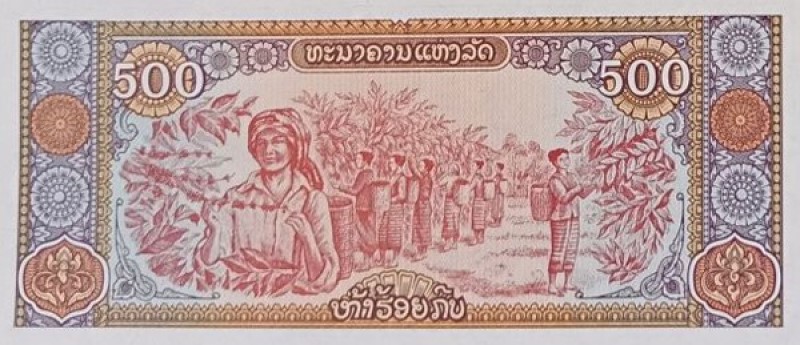
Nam Et-Phou Louey is named after its features, the Nam Et river and Phou Louey mountain. The area boasts an array of biodiversity that’s immediately apparent from the symphony of insects humming, buzzing and fighting to be heard. The park is home to many endangered species, with a rumour that tigers might still roam its deepest jungle — it’s been estimated from (very) infrequent sightings that there may be between 7 and 23 tigers remaining across Indochina.
One way to immerse yourself in the park is on foot. A two-day hike takes you past rice paddies and through 7 km (5 miles) of dense rainforest culminating near one of the largest salt licks in the area, the Poung Nied Salt Lick. Here you’ll find a vantage point for spotting birds as they go searching for food in the early hours.
For a more challenging alternative, you could tackle the five day trek up to the summit of Phou Louey (‘forever mountain’). During the trek you’ll explore waterfalls, search for the electric blue stripe of a Blyth’s kingfisher and pass one of the only cloudforests in the region before summiting the third highest peak in Laos.
Another way to delve into the park is on a boat safari, which takes you deep into the only accessible area of jungle. You’ll be guided up the Nern River by knowledgeable park rangers, who will provide you with opportunities to spot a grey peacock-pheasant or a rufous-necked hornbill.
Once it gets dark, the engines are switched off and the boats quietly drift downstream. The lights are also switched off, and your guides will communicate via hand signals, so they don’t disturb the animals. If you’re very lucky, the rustlings in the darkness might be identified as sambar deer, otters or porcupines. Some visitors have been fortunate enough to sight hog badgers or Asian golden cats.
Ecotourism is important within the park and all activities have been carefully designed to create a positive impact. Surrounding areas suffer deforestation, so the park formed initiatives for local people to protect the region through employment as guides, rangers or running the accommodation. The rangers have set up wildlife camera traps and often excitedly share the photos that have been captured overnight with you in the morning.
You can incorporate a visit to the park as part of a wider journey from Luang Prabang or Muang La, then to northern Vietnam via the Vieng Xai Caves. Alternatively, you could start at the Plain of Jars in the south then loop west toward Luang Prabang or east toward Hanoi.
Best time to visit
For a warm, dry climate, it’s best to visit Nam Et-Phou Louey between October and April. If you wish to travel on the river, between November and January is best, as water levels are high, making for easy passage.

.jpg)



.jpg)


.jpg)

.jpg)
.jpg)


.jpg)











